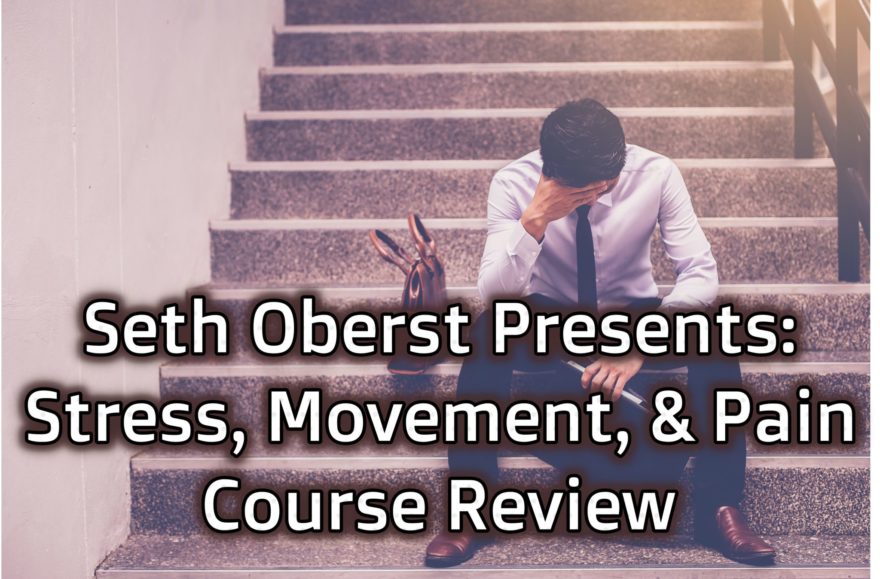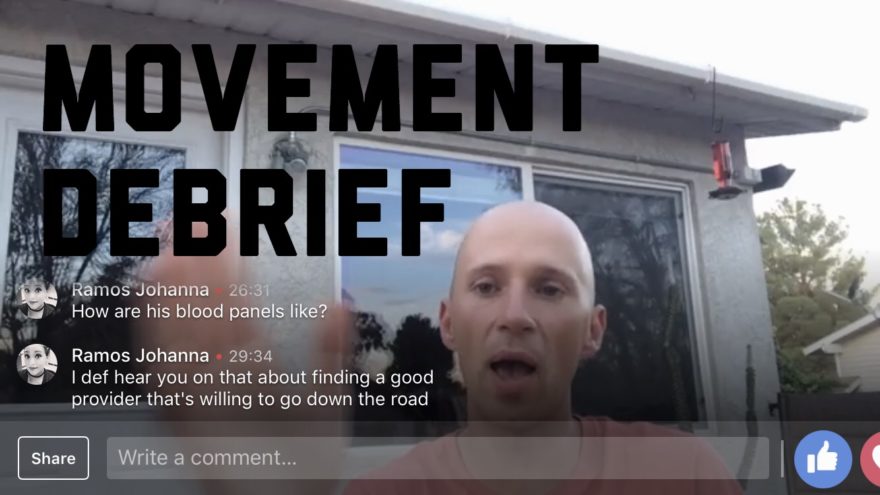Tag: stress response

Seth Oberst’s Stress, Movement, and Pain Course Review
Do you work with people who are stressed? Dumb question, right? Who isn’t stressed today? In fact, stress levels are…
Course Notes: BSMPG 2015
#Bestconferenceevaahhhhh I shipped off to Boston to attend my first ever BSMPG summer symposium. And it was easily one of…
Favorable Inputs: A Model for Achieving Outcomes
One Hot Model Louis Gifford’s Topical Issues in Pain has an amazing amount of quality information, and has really inspired…
The End of Pain
I’m Done Treating Pain. Yes. You read that correctly. I’m over it. Several different thoughts have crept into to my…

